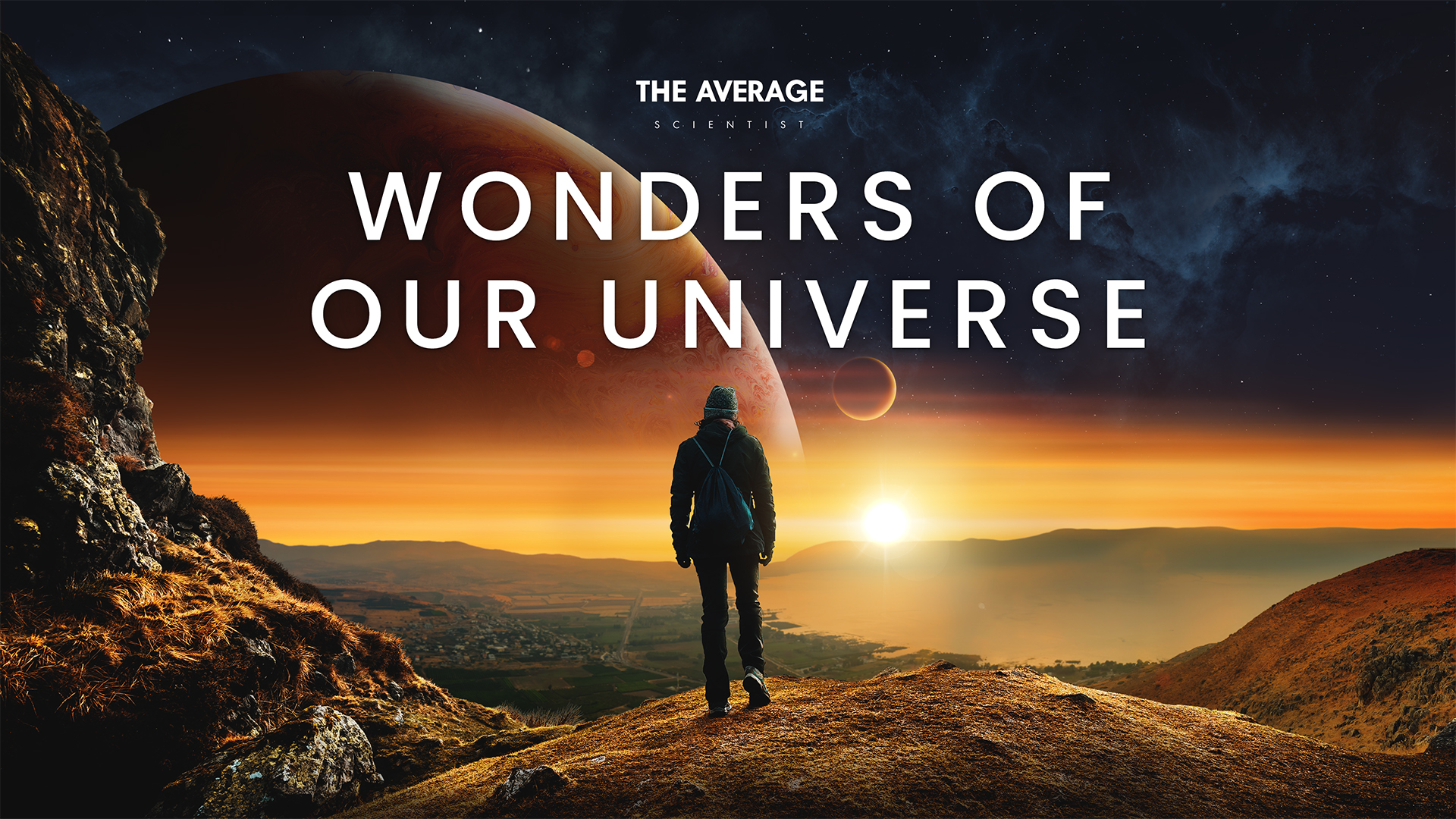R - Unit 12 - A2
The Wonders of our Universe
It's probably infinite, and it's 13.7 billion years old
Part 1 > The Earth
The Earth is the only place in the Universe where life is known to exist. It has all the conditions that are suitable for supporting life.
• It is a perfect distance from the sun. If it was closer, there would be too much radiation. The Earth would be too hot, and all the oceans would evaporate. If it was further from the sun, it would be too cold, and the planet would be covered in ice.
• The Earth rotates on its axis, so the whole surface is warmed and cooled once a day every day. If it didn't rotate, one side would be permanently hot, and the other cold.
• It is at an angle (23.5") to the sun, which gives us our seasons. At different times of year, the northern hemisphere gets more or less sunlight than the southern hemisphere. Without seasons, our weather would be too extreme.
• 70% of the Earth is covered in water. If there was no water, there would be no life.
• Our atmosphere blocks harmful solar radiation, but allows enough heat from the sun to warm us.
• The earth is the right size. If it was bigger, gravity would be much stronger, and we wouldn't be able to move. If it was smaller and gravity was weaker, it wouldn't hold our oceans.
Part 2 > Our Solar System, our Galaxy, and the Universe
Our Solar System
The Earth is part of our solar system. At the centre of this is the sun, which is the solar system's star.
Our solar system consists of the sun and objects connected to it by gravity - eight planets and some moons. The four smaller planets, Mercury, Venus, Earth, and Mars, are made of rock and metal. The two largest, Jupiter and Saturn, are called the gas giants. They consist mainly of hydrogen and helium. The two furthest from the Sun, Uranus and Neptune, consist of ice.
Our Galaxy
- Our solar system is part of the galaxy known as the Milky Way. It is about half way out from the centre.
- Our sun is just one of the stars in the Milky Way. One of between 100 and 400 billion stars.
- Our solar system goes round the centre of the Milky Way once every 250 million earth years.
The Universe
Our galaxy is just one of more than 170 billion galaxies in the observable Universe. The Universe is probably infinite. There is no end to it.
Part 3 > The End
Our sun is getting hotter. In one billion years' time, the Earth will become too hot for water to exist, and all life will end. Our sun will continue to burn until it uses all its supply of hydrogen. In five billion years' time it will expand, then explode and become a red giant. After that it will collapse and become smaller than the Earth.
Some scientists believe that the Universe will continue to expand. All the stars, every single one, will burn out and it will go dark. The temperature will drop to zero. This will happen when the Universe is 100 trillion years old. After that, there will be nothing. Forever.
The wonder of it all! There is a short period of time in the early years of the Universe when life is possible. This period, in the history of time, lasts just a second, a flash, a click of the fingers.
That miraculous time is now. We are in the most precious place at the most precious time. And it's now!
